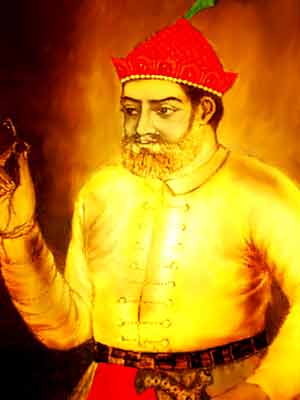 In the 16th and early 17th centuries Goa was one of the wonders of the world. Goa attracted many to its well developed city. Situated at the hub of a network of short and medium range routes which actually encompassed almost every coast of Asia, the city was closely interlinked with local conditions of supply and demand.
In the 16th and early 17th centuries Goa was one of the wonders of the world. Goa attracted many to its well developed city. Situated at the hub of a network of short and medium range routes which actually encompassed almost every coast of Asia, the city was closely interlinked with local conditions of supply and demand.
In 1534 the Portuguese had acquired Bassein, a town near Mumbai. It was from Bassein that Goa got their grand supplies of limestone. This Bassein limestone was finely grained, like that of marbles and was employed in building the shining churches and palaces of Goa. Maze of two-storied, red-tiled houses earlier stood in places of these great churches.
The affluent suburb of Raibandar with its magnificent houses was linked to Panjim by the Ponte de Linhares, built in the 1630s. The visitors were welcomed to the city by the principal gates of the walled city. The main customs-house was situated to the left but now it stands completely in ruins. Recently remains of European pottery, Portuguese tiles and Cambay-style earthenware were discovered that testify to the rich trade of the city. The street during that time passed under the Arch of the Viceroys through which these grandees entered the city. It was originally designed by Julio Simao.
Julio Simao was a celebrated engineer and architect who was born in Goa to a family of Portuguese settlers. He was sent to Portugal to study. Upon his return to Goa he became one of the principal architects of the state. His greatest work was the magnificent Cathedral which he designed along with Ambrosio Argueiro. It was here that his remains were buried.
The main street of the state Kua Direitta was mostly thronged with merchants and customers. Merchandise from all parts of the world stuffed the shops on either side of the street while on the other hand neighbouring potentates made purchases of horses and black slaves for their masters.
1542 saw the arrival of St. Francis Xavier and the Jesuits to Goa. The saint left a lasting impression on Goa and is regarded today as Goencho Saib or the Patron Saint of Goa.



















